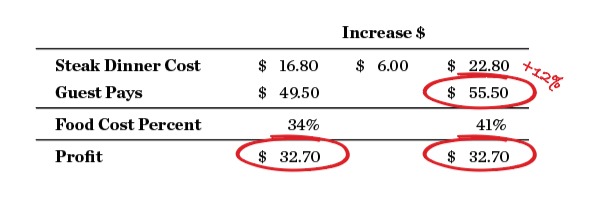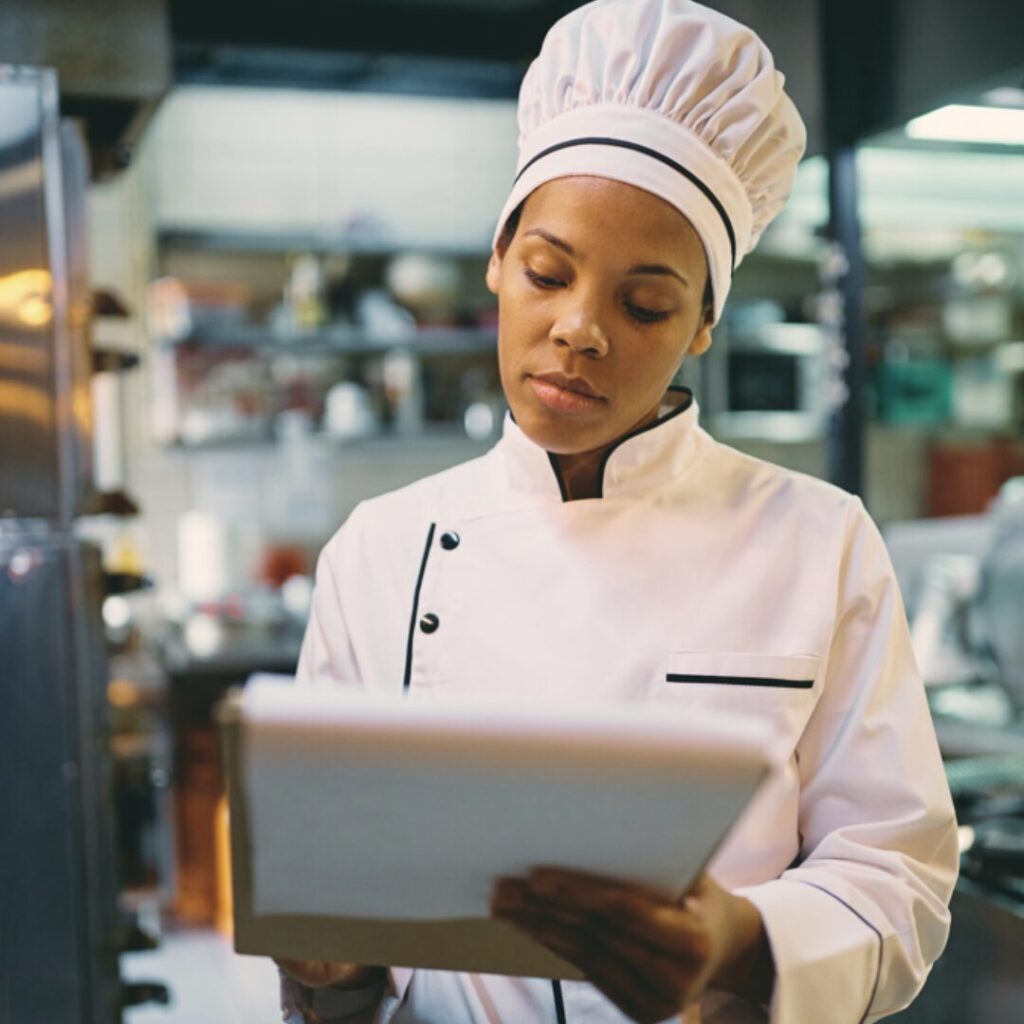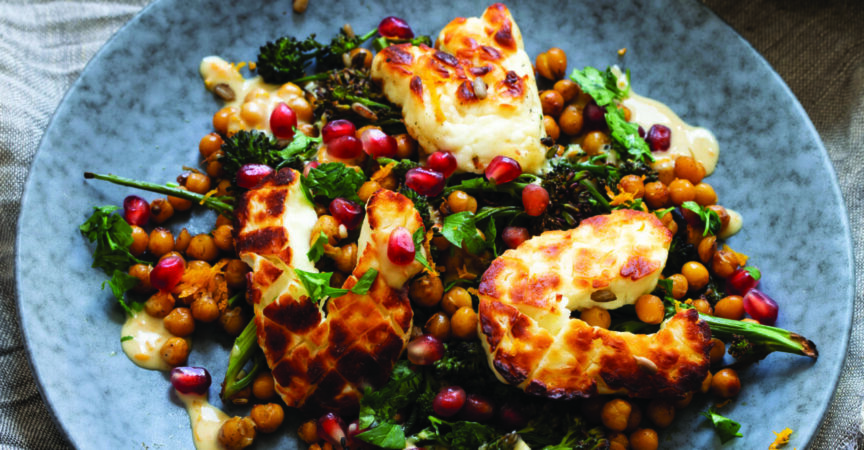How Restaurants Can Adopt Trends in a Fiscally Responsible Way
By: David Hopkins, President, The Fifteen Group

Working in the hospitality industry involves a constant stream of new trends, innovations, technologies, consumer behaviours and more. There seems to be an influx of change in the New Year – as is outlined in this issue – which can present a challenge for operators: deciding whether food and dining trends should influence their restaurant and how to choose, incorporate and promote those trends. But simply introducing new ingredients or menu items is easier said than done and can have detrimental effects on profitability if not done properly.
At The Fifteen Group, we’re the experts in restaurant profitability. We believe that a well-run restaurant should be able to make at least 15% profit on sales, so much so that our whole company is named after that target. Having worked with more than 1,000 clients over the last 20+ years, we have extensive experience helping restaurants de-risk changes to their operations and maximize profitability.
Budget
The most important thing to do is start with a budget. Budgeting is vital for any business – it’s your roadmap to success and helps you figure out your profitability for the year. Consider how much you want to allocate for certain promotions, menu changes, trend research, etc, then look at your end-of-year profit and ensure you’re happy with it in advance. Don’t start the year if you’re budgeted to be somewhere you don’t want to be. Think through solutions and changes to ensure you’re happy with what your budget is projecting in advance. This way, you’ll have a plan for the year and be able to jump on things in advance rather than constantly playing catch-up.
Price Increases
No matter what new item or trend you incorporate in your restaurant, it must be priced in a way that is profitable for your business. Let’s say you’re revamping your steak entreé to add a bed of protein-rich buckwheat (one of Whole Foods’ 2024 Food Trend predictions) and miso butter.
Obviously, these changes will increase your food cost and the price of this dish will need to be raised. When you increase prices, all of that revenue flows straight to bottom-line profit. However, this must be done wisely, and our approach is called Margin Menu Pricing.
Often, restaurants are so hung up on hitting food cost percentages that when they raise prices to align with this, they are thrown out of whack. As seen below, when the food cost of a steak dinner increased by $6.00, the guest cost would increase by $17.50 to maintain a 34 per cent food cost – that’s a massive increase for consumers to shoulder.

Focusing on maintaining the bottom-line profit margin rather than food cost percentages is much more important. As seen below, if you raise the menu price by $6.00 instead, you can make the same profit without disrupting the guest experience as much.

Consumer awareness of inflation has allowed restaurants to raise prices more easily. At The Fifteen Group, we conducted a consumer survey post-COVID-19 and found that 70 per cent of respondents would support a price increase at restaurants. This kind of consumer support would have been unheard of in the past.


Evaluating Opportunities
It’s important to remember that not all trends will be a good idea for your operation. We recommend evaluating changes based on profitability and how they align with your brand. For example, the Specialty Food Association recently unveiled its 2024 food trends, one of which is Tahini. While this is a popular ingredient right now, it may not make sense for a sushi restaurant to introduce a special item with tahini – they will now have to stock tahini for use in just one item, and it doesn’t really align with the restaurant’s value proposition. On the other hand, a Middle Eastern restaurant that already stocks tahini could use it in new and interesting ways, aligning with its larger brand.
This all ties into the guest experience, the most critical thing to restaurant success. It’s all about delivering a value proposition, which is the difference between the experience and how much a person is paying for an experience. All said, keeping up with trends in the foodservice industry is an important thing for restaurants. It helps you stay up to date with consumer behaviours and what the competition is doing. But that doesn’t always mean it’s a smart move for your operation to adopt them. Evaluating your options and instating new promotions in a fiscally responsible way will help your restaurant stay relevant and profitable in 2024.

The Fifteen Group is North America’s leading hospitality consulting company. For more than 20 years, they have helped over 1,000 restaurants make a lot more money. Restaurant Profit maximization is one of the core functions of their business.









